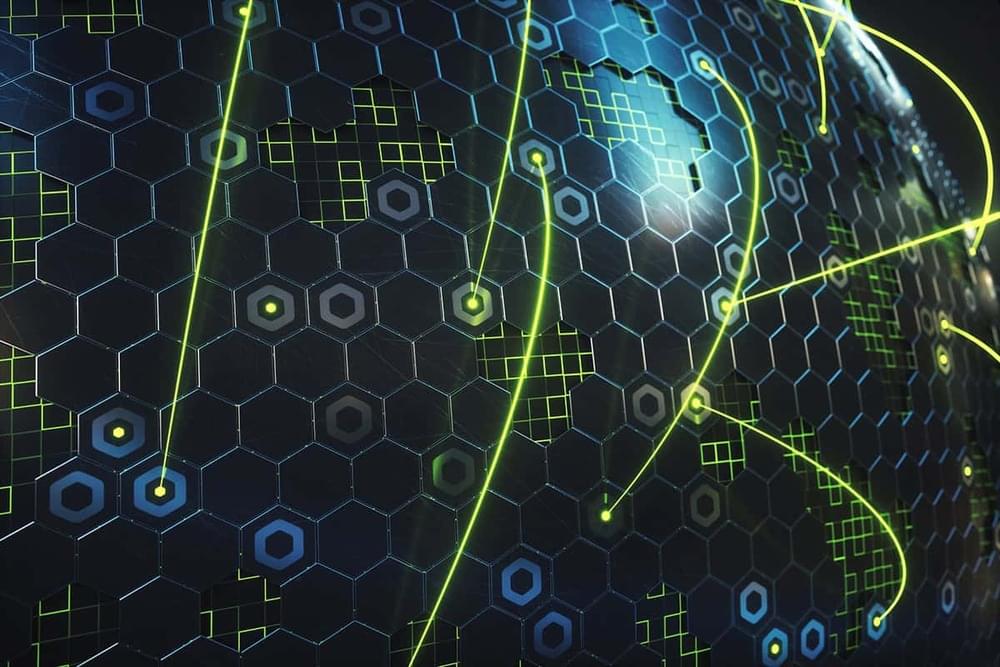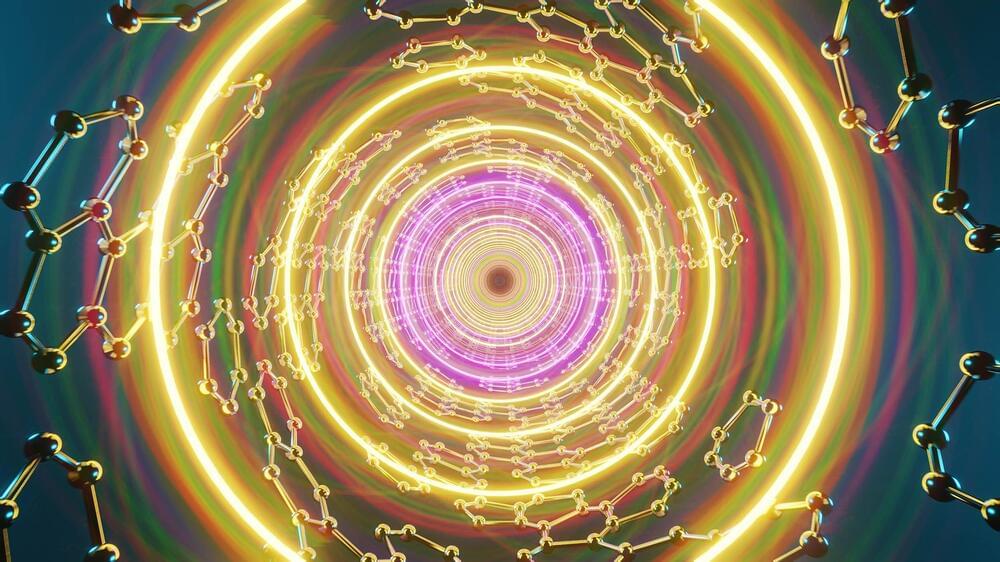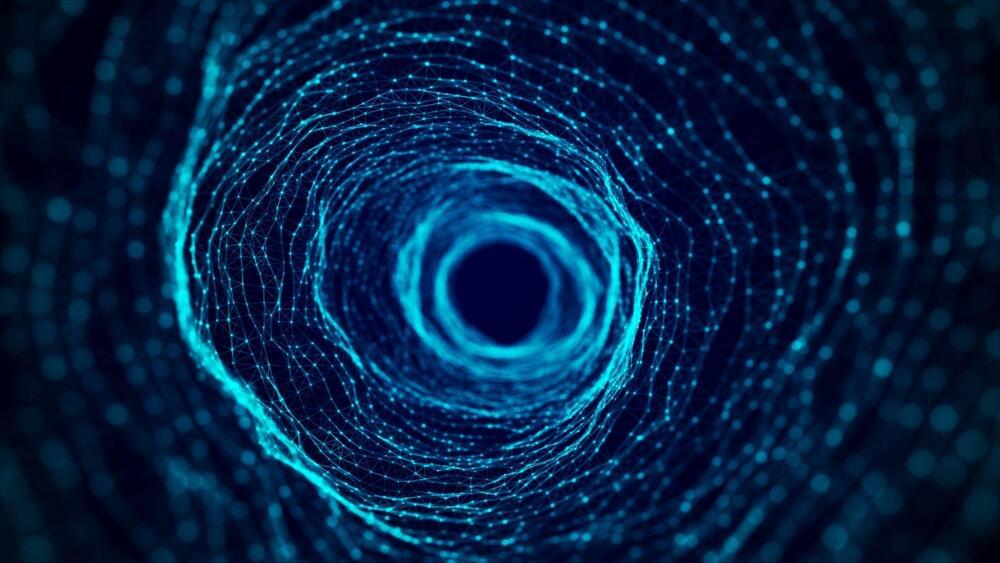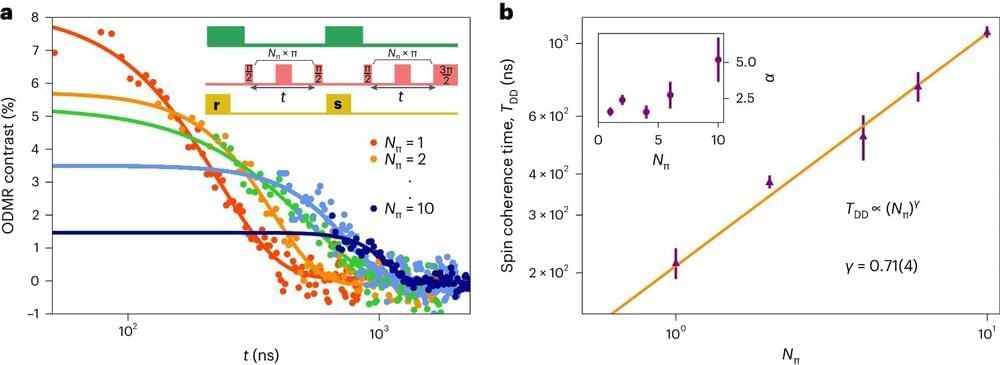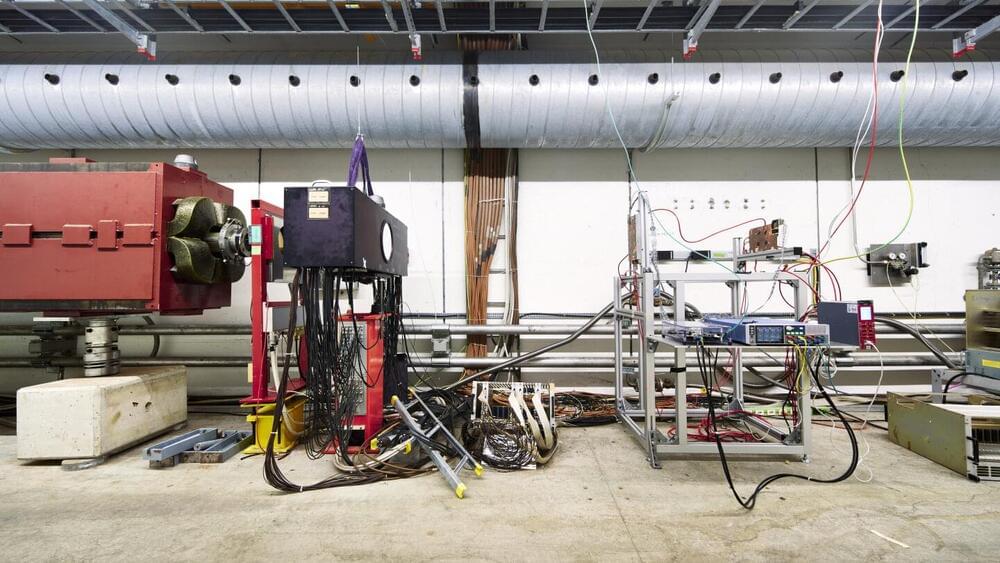Researchers have developed techniques to manufacture different types of glass in space, uncovering potential for advancements in optical technology.
Thanks to human ingenuity and zero gravity, we reap important benefits from science in space. Consider smartphones with built-in navigation systems and cameras.
Such transformational technologies seem to blend into the rhythm of our everyday lives overnight. But they emerged from years of discoveries and developments of materials that can withstand harsh environments outside our atmosphere. They evolved from decades of laying foundations in basic science to understand how atoms behave in different materials under different conditions.

